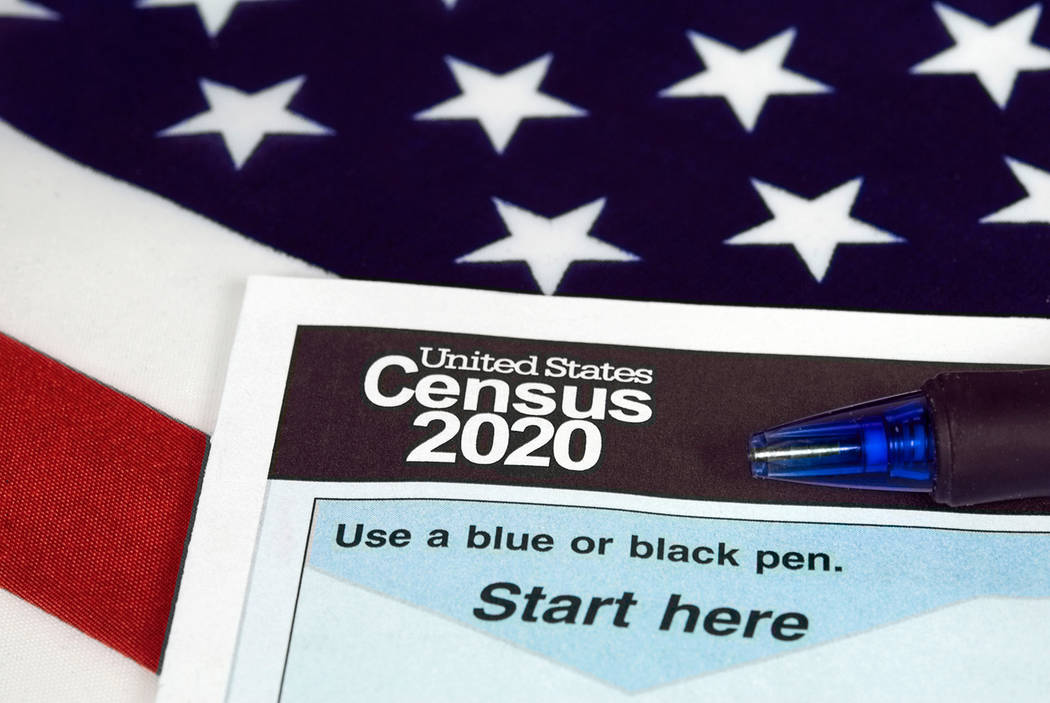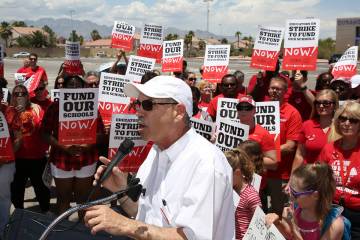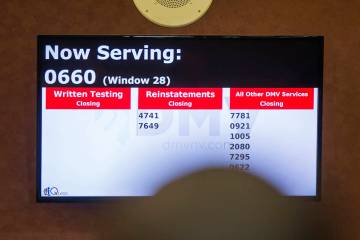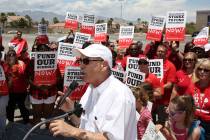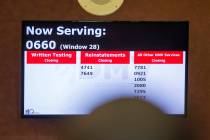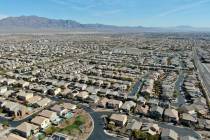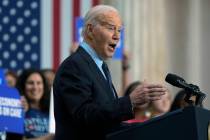EDITORIAL: IRS data on migration a lesson for Nevada
Nevada Democrats control both houses of the Legislature by comfortable margins and have advocated a more interventionist economic agenda, which includes a fealty to government unions and higher taxes. Let’s hope newly released federal statistics on population patterns get their attention.
Nevada continues to gain residents at a healthy rate, adding 53,000 people in 2019, more than all but five other states. Nevada’s growth rate of 1.7 percent — fueled by domestic migration, according to Census Bureau figures — trailed only Idaho.
At the same time, the Census Bureau announced this month that four states — West Virginia, Illinois, Vermont and Connecticut — lost population over the past decade. Ten states — the preceding four along with New York, Louisiana, Mississippi, Alaska, New Jersey and Hawaii — saw declines in the past year. Alaska (8 percent), New York (7.2 percent), Illinois (6.8 percent), Connecticut (5.6 percent) and New Jersey (5.5 percent) had the highest percentage of residents relocating to other states.
Coupled with IRS data on income migration, the numbers paint a clear picture. High-tax states are bleeding population as residents flee to more attractive locales — and take their wealth with them. As a Wall Street Journal chart synthesized last week, California lost $8 billion in 2018 in adjusted gross income to other states, including Nevada. New York saw a net loss of $9.8 billion, Illinois $5.6 billion, New Jersey $3.2 billion and Connecticut $1.2 billion.
“Hmmm, what do these states have in common?” the Journal asked and then answered. “Large tax burdens and politically powerful public unions.”
Nevada — along with Florida, Arizona, Texas and North Carolina — has been among the prime beneficiaries of this trend, gaining $2.3 billion in income from its new residents. All of these states feature relatively low taxes and attractive business climates.
While there are no doubt other factors in play here — job trends, the weather, birth rates — there can be little doubt that a state’s tax and regulatory approach influences growth. Chris Edwards of the Cato Institute noted in 2018 that “of the 25 highest-tax states, 24 of them had net out-migration in 2016. Of the 25 lowest-tax states, 17 had net in-migration.”
In addition, high-tax states consistently perform worse in this regard than other states in their region. Resident and income flight from Illinois, for instance, has accelerated for the past decade, while nearby Michigan and Wisconsin have remained stable. Connecticut, Massachusetts, New York and Vermont in the Northeast have all fared much worse than New Hampshire and even Maine. In the West and Southwest, the pace of California’s income exodus has quickened, while Arizona, Nevada and Texas have no such issues.
These population trends have political ramifications, as well. Preliminary figures show that 10 states — Alabama, California, Illinois, Michigan, Minnesota, New York, Ohio, Pennsylvania, Rhode Island and West Virginia — will likely lose a House seat following the 2020 census.
At the same time, seven states — led by Texas and Arizona — should gain at least one seat. That would seem to be good news for the Republican Party. But just as the influx of Californians to Nevada has helped turn this state purple verging on blue, these migration patterns could dilute GOP support in many areas.
During the 2019 Legislature, Democrats passed, and Gov. Steve Sisolak signed, a budget-busting measure allowing state workers to bargain collectively. Progressive lawmakers have also telegraphed a willingness to impose large tax hikes — primarily to fund education — in coming sessions. But as Census Bureau and IRS figures show, if Nevada hopes to remain a net beneficiary when it comes to wealth migration, its elected officials would be far better off emulating Florida and Texas than New York and California.



